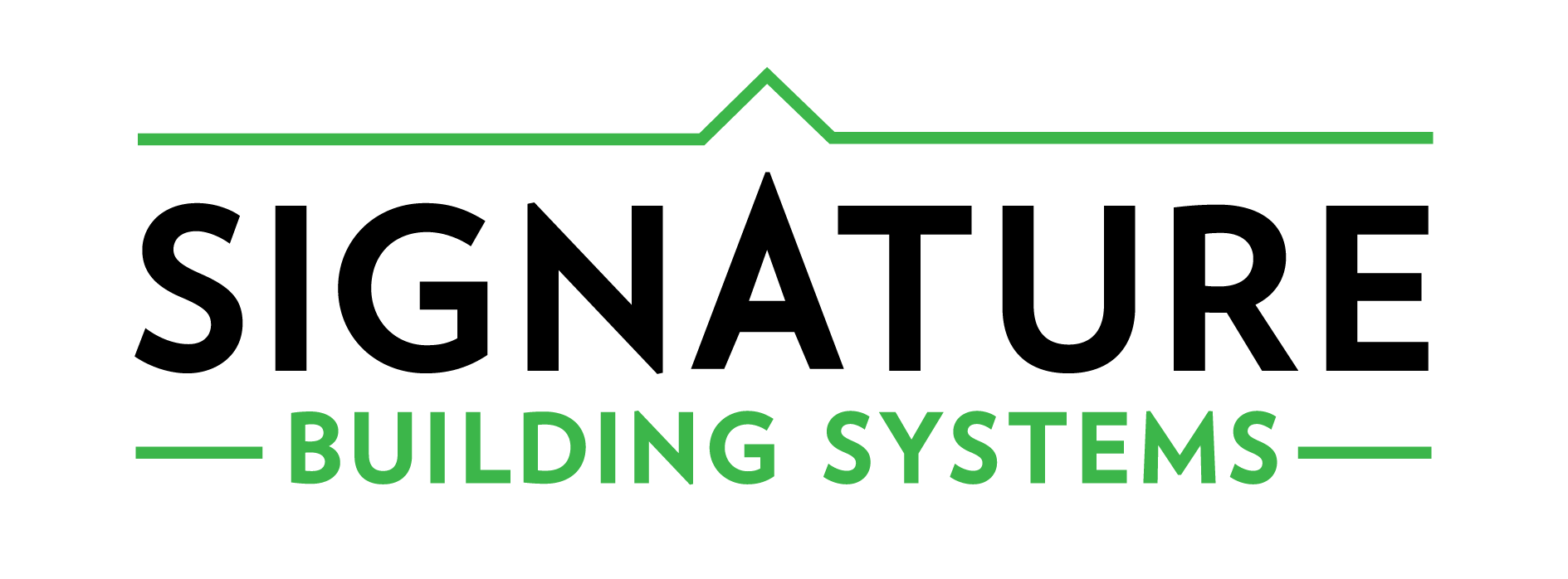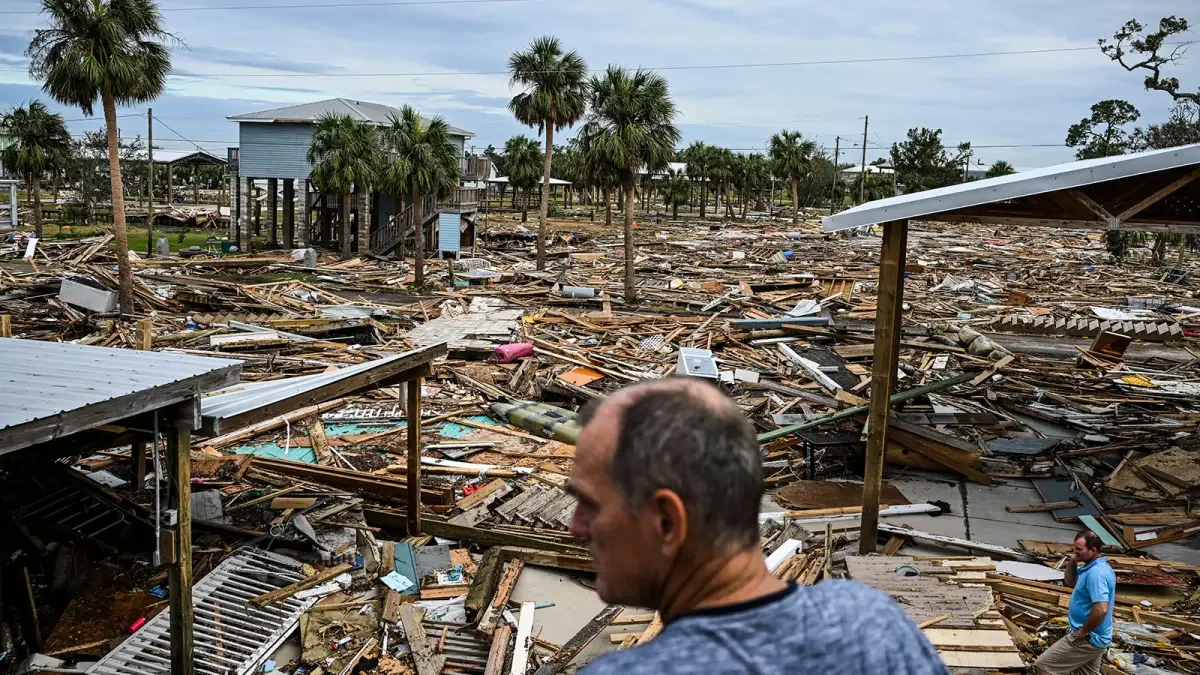Modular Construction: The Industrialized Solution for Disaster Recovery
Rebuilding Faster, Smarter, Stronger with Prefabrication
When disaster strikes and communities are destroyed, time isn't just money, it's pain. Crews are short, supply chains are broken, and rebuilding slowly bleeds communities dry while costs soar.
That’s exactly what happened after Hurricane Helene, which caused roughly $60 billion in damage across western North Carolina in 2024. Less than 20% of that was covered by aid, leaving a housing and funding gap.
The lesson is the same from the Jersey Shore to the Appalachians: we can’t keep repeating this cycle and expect a different outcome. As Duke University’s Nicholas Institute noted, “Helene drove home that storms are getting stronger and their impacts are reaching farther. Protecting North Carolinians is going to require smart, proactive investments.”
The next recovery system needs to be industrialized. We need solutions that are faster to deliver, smarter to scale, and stronger to withstand what’s coming next. Crucially, that system must serve every phase of recovery, from emergency shelter to permanent, dignified homes.
That’s where modular construction changes the entire recovery equation.
1. Speed: Factories Don't Wait
After a disaster, traditional site construction stops, but modular factories don't.
While roads are cleared and utilities restored, modular manufacturers can fabricate components in unaffected controlled environments hundreds of miles away. Production doesn’t wait for rain to stop, labor shortages to ease, or floodwaters to recede.
New York City proved this after Hurricane Sandy. Through its Build It Back Modular Program, the city simply added factory-built housing to its essential recovery toolkit.
“This option gets families home faster by cutting construction time in half and will serve as a model for storm recovery efforts across the country.”
— Amy Peterson, Director, NYC Mayor’s Office of Housing Recovery Operations
In Joplin, Missouri, modular classrooms got students back to school within months after the devastating 2011 tornado. And in Maui, the Ka La‘i Ola development is delivering 450 prefabricated homes to house 1,500 residents displaced by wildfires. These examples prove modular housing can rebuild entire communities on compressed timelines.
2. Smart: Scalable Logistics, Repeatable Systems
Every disaster destroys local construction and supply chain capacity. Modular fabrication solves this problem. Modules are built in safe zones and delivered nearly complete to the impact area. This model is already tested in New York City’s Urban Post-Disaster Housing Prototype, created with the U.S. Army Corps of Engineers and FEMA.
NYC even codified this approach in its post-Sandy “modular deployment playbook,” establishing standardized designs, centralized procurement, and transport routes for rapid mobilization (NYC Department of Design and Construction, 2014).
Prototype for the Back Home Rapid Housing Recovery Pilot
Texas tested this approach more than a decade ago with the Back Home Rapid Housing Recovery Pilot, launched after Hurricane Ike. The Houston–Galveston Area Council deployed 20 modular homes using a phased “core and expansion” design, proving that modular housing can serve as a flexible backbone for long-term recovery. The program’s biggest lesson wasn’t about construction—it was about bureaucracy. The council found that modular units could be built in weeks, but months were lost to permitting, utility hookups, and documentation barriers. Their final report urged states to pre-approve modular plans and streamline local ordinances before the next disaster strikes.
Smart recovery isn't just faster, it's repeatable. Once a modular plan set is approved, factories can reproduce it in batches across counties and states.
Each home or unit leaves the plant serialized, inspected, and energy-rated. This makes it easy for federal and state programs to track progress, verify spending, and certify occupancy.
3. Stronger: Engineered to Last
Modular buildings aren’t temporary boxes.
Signature employees fastening a ceiling system to a wall system in our modular assembly line.
They’re engineered for transport, which demands heavier framing, tighter tolerances, and stronger shear walls than typical site-built structures. That extra reinforcement needed for transport pays dividends when the next storm hits.
In fact, in the wake of Hurricane Andrew, FEMA found modular showed “relatively minimal structural damage.” They agency also recognized modular construction for its exceptional strength, citing the module-to-module connection creates an inherently rigid structural system.
Signature Building Systems helped 8 Staten Island families rebuild their homes after Hurricane Sandy. The homes first level floors were raised above the floodplain and utilize more hurricane resistant fastening methods that are commonly used in modular construction.
After Hurricane Katrina, the federal Alternative Housing Pilot Program funded thousands of permanent, code-compliant modular cottages across Gulf States. A Government Accountability Office report later called them “a cost-effective permanent solution that met or exceeded HUD standards.”
The strength advantage is matched by energy performance. Factory conditions make it easier to build airtight, high-efficiency envelopes and integrate renewables or battery backups. According to Duke’s 2025 working paper, Building a Stronger, Safer, and More Energy-Smart North Carolina, “each dollar invested in resilience measures saves $4 to $17 in avoided damages.”
Signature’s own multifamily projects have already met and surpassed Passive House Institute US (PHIUS) performance thresholds, which cuts operational energy costs 40–60% while delivering superior comfort and air quality.
As Duke’s Lydia Olander put it, “We need continued dialogue and new partnerships with state agencies, local governments, community organizations, and local businesses to help protect our communities and economy from the impacts of floods, fires, extreme heat, and other natural hazards.”
The same partnerships are how industrialized construction becomes standard practice—not just an experiment.
Why This Matters to Builders and Agencies
For builders and developers, modular construction eliminates the biggest post-disaster risks:
Schedule certainty: Production continues while sites are prepped.
Predictable costs: No weather delays or labor volatility.
Auditable quality: Third-party inspection at every phase.
Repeatable programs: Use one approved plan set across sites in multiple counties.
For governments and resilience offices, it offers what traditional methods can’t: verifiable performance, measurable energy savings, and scalable recovery capacity that fits within existing federal and state funding programs.
Modular doesn’t just help rebuild homes, it reconsiders how recovery works.
Partner with Signature
Signature Building Systems partners with developers, general contractors, and public agencies to deliver modular recovery housing that’s faster, safer, and repeatable.
Our factory and team support modular projects along the East Coast from North Carolina through New England, single-family rebuilds to PHIUS-level multifamily projects.
Let’s design the next recovery system… before the next storm.




